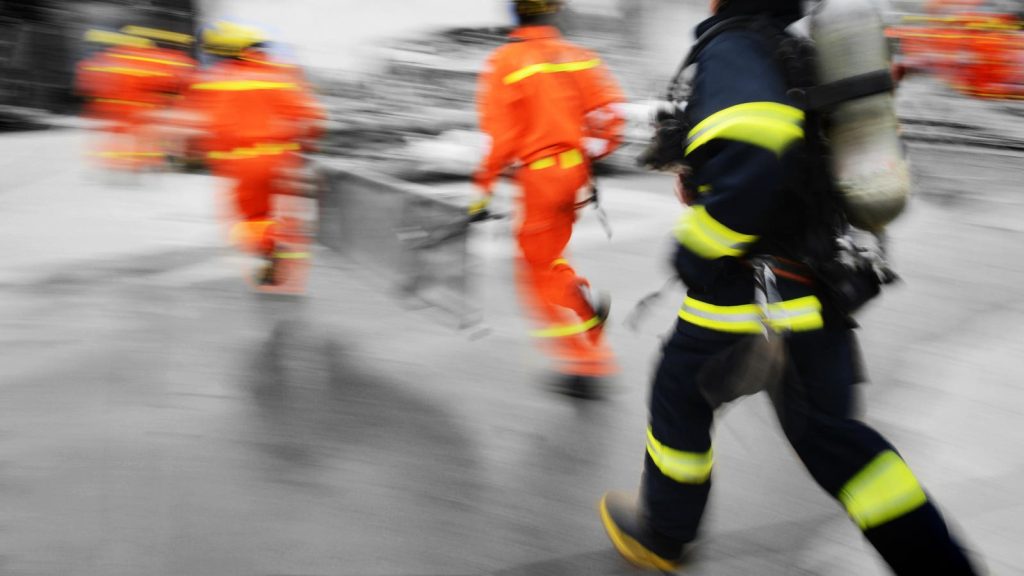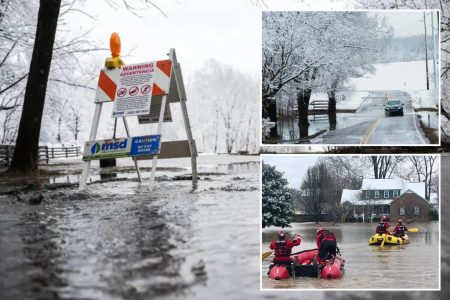The Critical Need for Real-Time Data in Emergencies
In today’s fast-paced world, emergencies can strike without warning, leaving little time for response. The ability to access real-time data is crucial for emergency responders to act swiftly and effectively. This data enables them to understand the situation’s magnitude, pinpoint locations, and allocate resources efficiently. Imagine a scenario where every second counts, yet responders are hindered by outdated or insufficient information. This is where technologies like RapidSOS step in, transforming emergency response by bridging the data gap.
RapidSOS: Revolutionizing Emergency Response
Michael Martin’s harrowing experience of being mugged in New York City became the catalyst for RapidSOS. Struggling to communicate his location and details during the crisis, Martin realized the limitations of traditional 911 systems. This epiphany led him and Nicholas Horelik to develop RapidSOS, a platform designed to enhance emergency response with critical data from connected devices. The platform’s impact is evidenced by its handling of over 170 million emergencies annually, providing responders with vital information such as GPS coordinates and medical profiles, thereby saving invaluable time and lives.
Countering Disasters with Cutting-Edge Technology
The integration of RapidSOS in Aurora, Colorado, underscores its transformative potential. Before adopting the platform, responders relied on cell tower triangulation, often insufficient for precise location tracking. Tina Buneta, Director of Aurora 911, recounts a dramatic rescue where a woman in a moving vehicle was tracked dynamically, leading to her safe rescue. Such successes highlight RapidSOS’s ability to empower responders with precise, real-time data, now covering 99.7% of the U.S. population and expanding globally.
Battling Natural Disasters: The Role of Peregrine Technologies
Peregrine Technologies emerged from a background in law enforcement, pivoting to tackle natural disasters with its data integration expertise. Founded by Nick Noone and Ben Rudolph, Peregrine compiles fractured data into a unified, real-time view, aiding responders in strategic decision-making. During the Los Angeles fires, Peregrine’s tools supported officials in allocating resources effectively, demonstrating its versatility in disaster management. This approach emphasizes the need for agile data integration, crucial for informed, real-time decisions.
Harnessing Real-Time Data for Emergency Preparedness
In Florida, Peregrine proved instrumental during Hurricanes Debby, Helene, and Milton. Jodie Fiske, Public Safety Director for Manatee County, notes how Peregrine streamlined data gathering, enabling efficient evacuation tracking and damage assessment. This capability not only enhanced response efforts but also expedited reimbursement for debris removal, marking a significant advancement in disaster recovery. By integrating historical and real-time data, Peregrine facilitates proactive planning and more effective resource allocation.
The Future of Emergency Management
As technology evolves, so does our capacity to manage emergencies. RapidSOS and Peregrine exemplify how real-time data can save lives and improve outcomes. Looking ahead, the challenge lies in scaling these solutions globally and ensuring responsible data usage. Ethical considerations, including privacy and partnerships, are paramount as these platforms expand. The future holds promise for even greater advancements, promising a safer world through innovation and collaboration.












